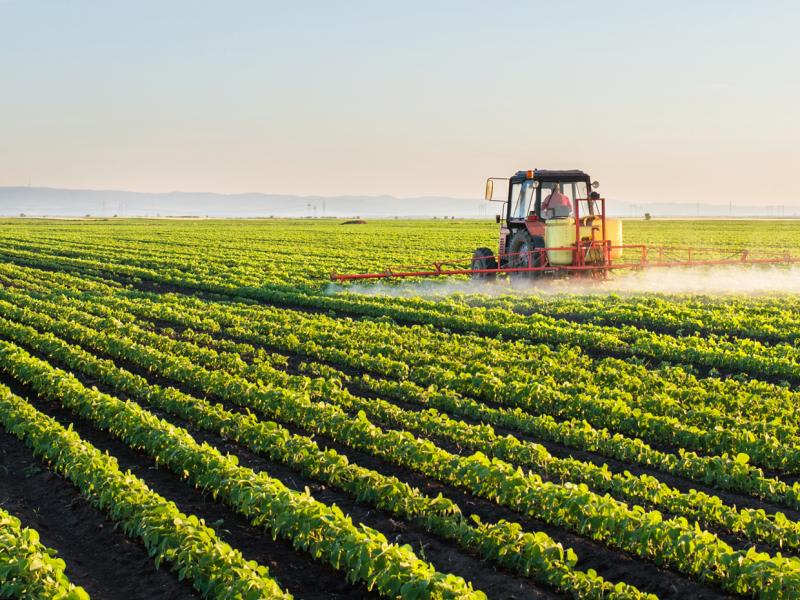The continued growth in agricultural land values and two good seasons of higher returns (for some) has allowed many farmers to strengthen their balance sheets in the lead up to a rebound in interest rates.
With positive indicators still in place across many farming sectors, there are also mounting challenges in the form of inflationary pressures on farm inputs and the rising cost of capital, albeit still at historically low interest rate levels.
Now presents a good opportunity for farmers to review their optimal capital structure and update their debt strategy to ensure it remains fit for purpose.
Capital structure and the role of debt
Your capital structure refers to the mix of debt and equity used for funding your farming enterprise.
You are said to have a high level of gearing (or leverage) when your capital structure contains a high proportion of debt. Financiers will often speak with you about your debt (or loan) to value ratio.
Debt funding has long been a key source of capital for Australian farmers. The benefits of using debt include its accessibility and its relative lower cost, along with the tax-deductibility of interest payments. However, higher debt levels can impact returns with the variability of interest rates and there is a greater possibility of financial distress.
ABARES data shows that around 80% of borrowings are used by farmers to fund land purchases and for working capital purposes.
It also highlights the long-term trend in farm debt is driven around profitability, with lending typically increasing when farming returns are lower, and vice versa. That is simply to say, debt is often used to fund farming enterprises through seasonal variability with the total debt expanding and contracting accordingly.
Farmers will also borrow to acquire farm equipment and for infrastructure assets, especially in intensive farming activities. Vehicle and farm-machinery suppliers are used as financiers however RBA data shows that around 96% of debt to the agricultural sector is provided by the retail and commercial banks.
Farm debt strategy
The benefits of using debt to fund operations and grow your business must be balanced with the risks of high debt causing financial distress.
Our experience in working with farmers on their debt strategy suggests it should include:
- sufficient headroom in your borrowing capacity to handle the impacts of seasonal variability (e.g., to fund the operations through periods of drought and minimal income) and total facility limits sufficient to provide you with flexibility for equipment purchases and expansion,
- to establish a repayment schedule to match likely cash flows,
- to model cash flows along with a sensitivity analysis around variable factors, such as interest rates, yields and commodity pricing,
- to ensure cash flows include an owners cash draw and off-farm investment strategy to diversify your risks and provide alternate sources of income (e.g. rental) for low earnings years on the farm,
- to consider your return on capital, for example, should you identify any underperforming land areas that you could realise and use those funds to retire debt to create headroom or invest in higher performing land.
We recommend working with your accounting and lending advisors to arrive at an optimal farm debt strategy.
For more information
For further information, please reach out to your local RSM office or contact an agribusiness expert.




